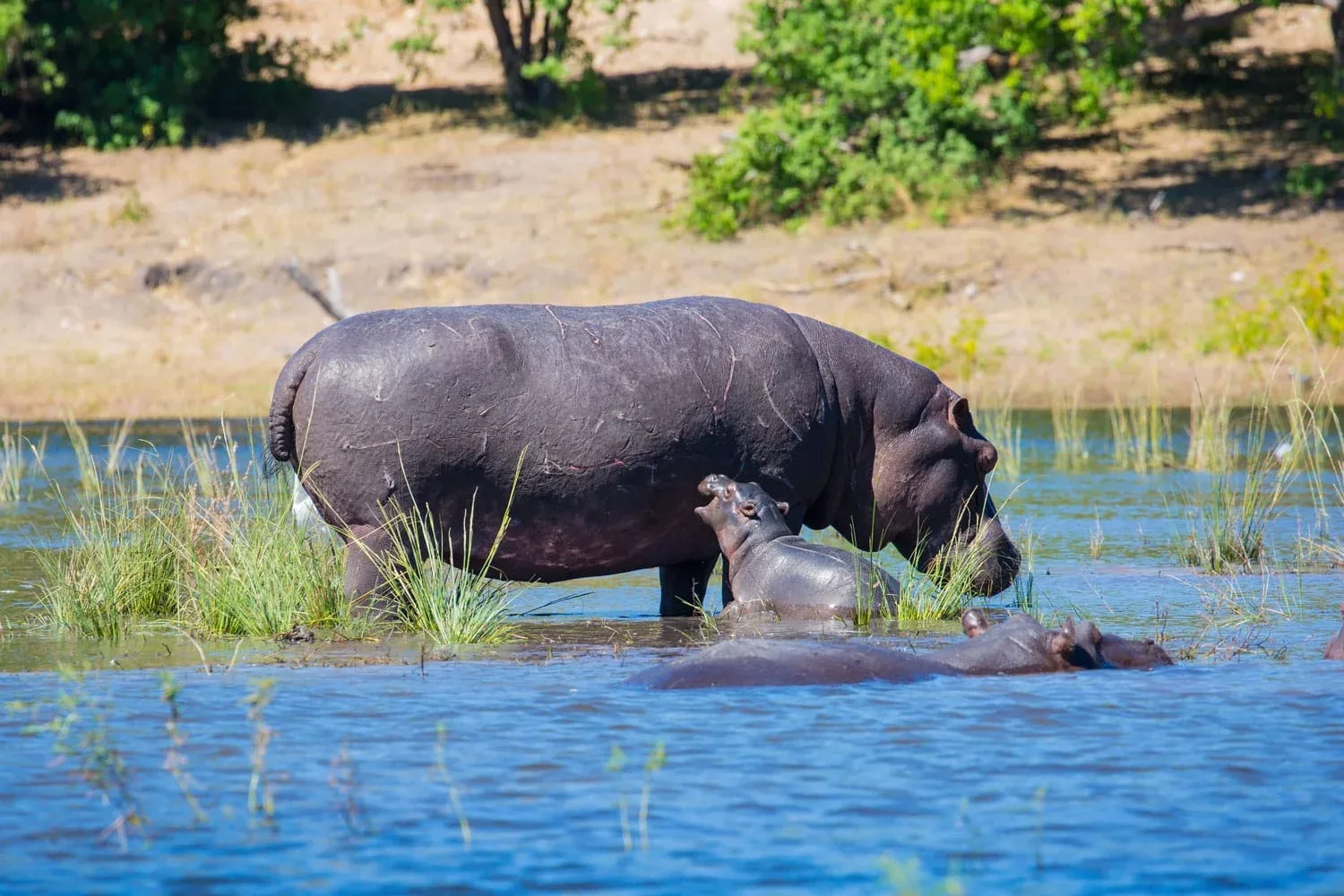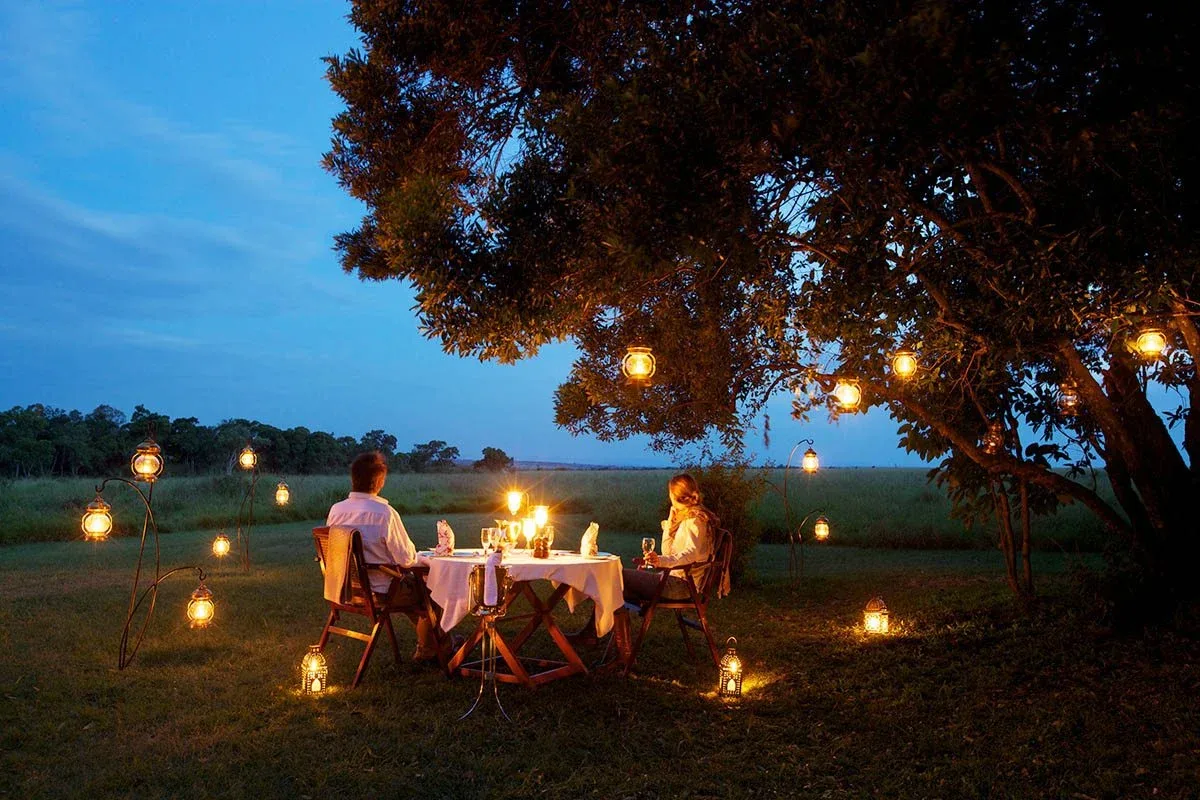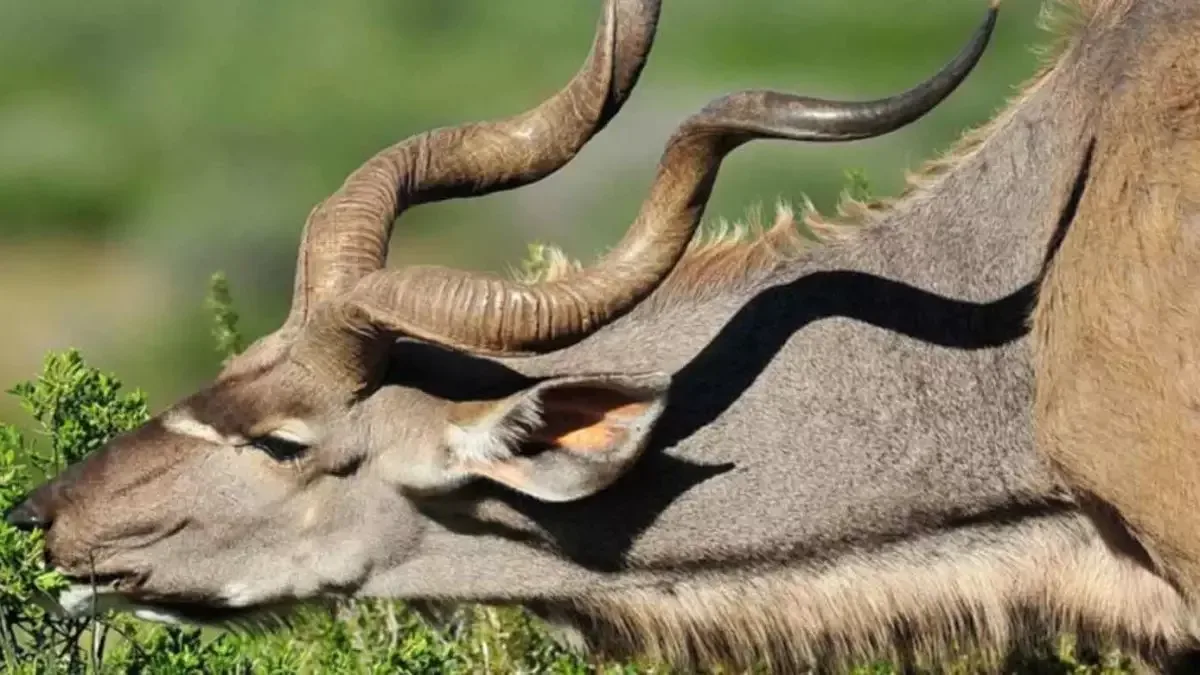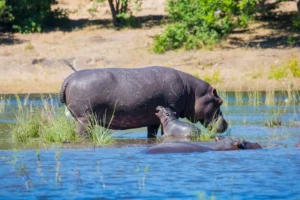The Greater Kudu (Tragelaphus strepsiceros) is one of the most attractive African animals you’re likely to encounter. Its enormous horns make it easy to see why this species has attracted so much attention over the years. Here are five fun facts about these fascinating antelopes:
1.The greater kudu has a comically large set of horns.
The horns of the greater kudu are used as a defense mechanism. They can grow over a foot long and are used to fight off predators or defend territory. The strong bull has only one horn on each side, while females have two horns (one on each side).
In this way, it is similar to other African antelope species that have horns as well: rhebok and impala.
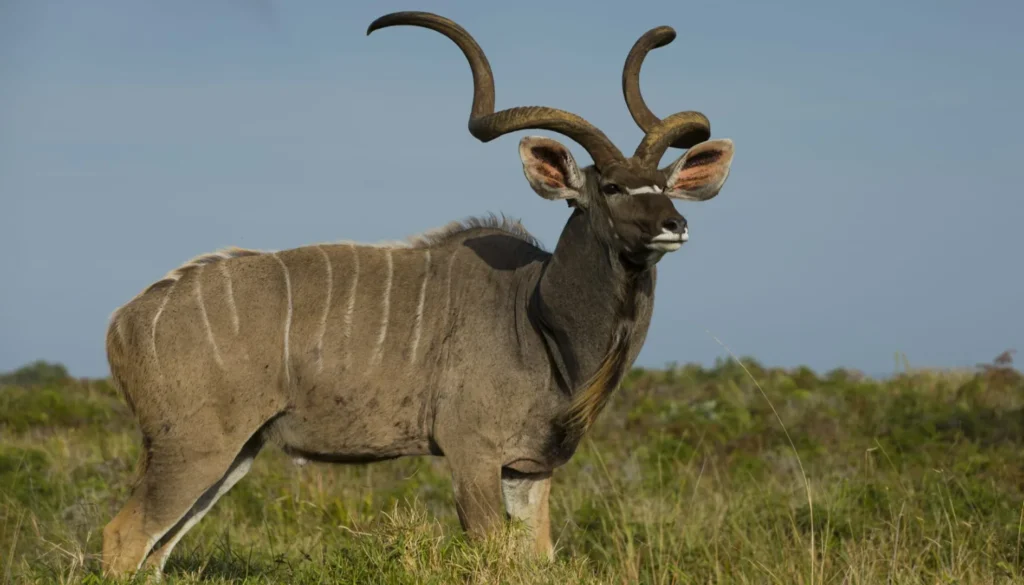
2.Kudus are part of the spiral-horned antelope family, Bovidae.
Kudus are part of the spiral-horned antelope family, Bovidae. Bovidae is one of the largest groups of mammals and includes all living species of cattle and their allies (i.e., sheep and goats). The name comes from the Latin “bonus,” meaning “cattle.”
The Greater Kudu (Tragelaphus strepsiceros) is a subspecies found in southern Africa; it was described by George Robert Gray in 1856 as a new species from South Africa’s Kruger National Park.
3.They have four natural predators, lions, leopards, humans, and wild dogs.
The Greater Kudu has four natural predators: lions, leopards, humans, and wild dogs. While they don’t have many natural predators on their own, these animals can still threaten the Greater Kudu if they are not careful.
The Greater Kudu is known for its speed and large horns that grow up to 6 feet long. Because of this ability to run fast in short bursts when needed (and also because it’s an easy target), many hunters have killed away at their numbers over time.

4.Greater Kudu males rarely live past 15 years old in the wild.
Like all antelope species, Greater kudu is preyed upon by lions, leopards, and humans. They also face the threat of being hunted by wild dogs.
The kudu is one of the few antelope species with no natural predators in Africa. However, they can be hunted by humans, lions, and leopards when they wander out into open plains or forests at night.
Kudu males rarely live past 15 years old in the wild, which makes them highly susceptible to predators like lions, leopards, and hyenas due to their low numbers throughout most parts, where they roam freely around grasslands during daytime hours until sunset. At this point, they go back into cover again with other members of their herd/family groups until morning comes around again.
5.Kudus are known for being able to leap up to 14 feet in a single jump!
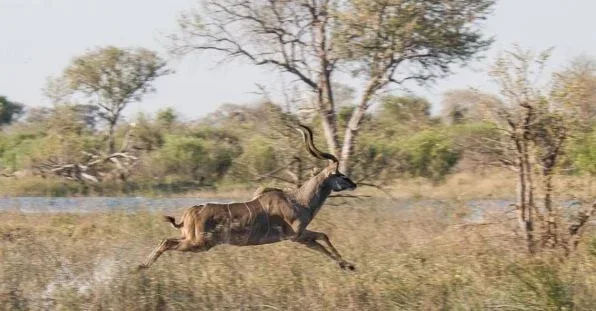
This is the second-highest vertical jumper in the animal kingdom after leopards. Kudus can do this because they have mighty hinds and long front legs, which help them reach top speeds when running or leaping.
The Greater Kudu is an exciting and beautiful animal found on the plains of Africa. It is one of the most common antelopes in Africa, with a grey coat with white underparts and a dark stripe down its back. The horns are spiraled and up to 5 feet long.
Conclusion
The Greater Kudu has been described as “a beautiful creature that is well adapted to life in the African grasslands.” This animal has been around for millions of years and is still considered one of the most important species because it maintains healthy ecosystems. The Greater Kudu is also known for its extensive set of horns which help protect it from predators, so if you ever get the chance to see one in person, don’t forget to take some pictures.

